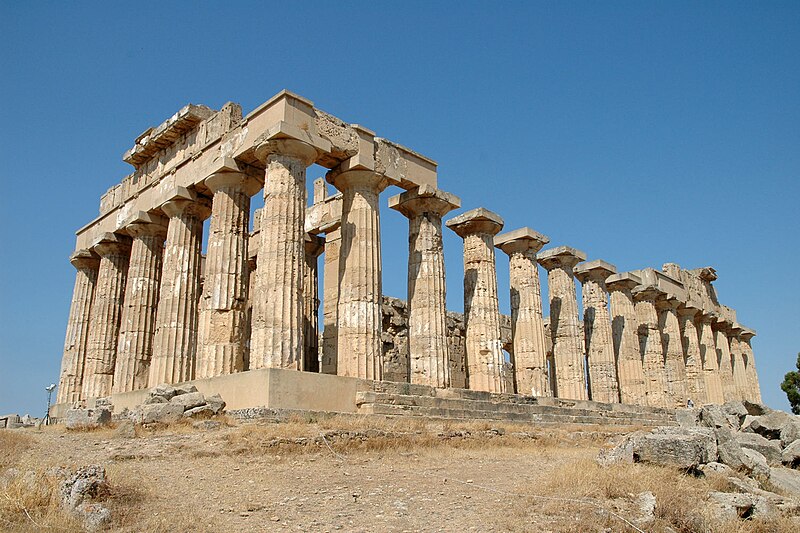 |
| MESSINA, SICILY, ITALY |
 |
∙ Land Mass/ Continent: South Europe; Sicily is the largest island in the Mediterranean Sea, located off the southern coast of Italy
∙ About Messina: Messina is the 3rd largest city in Sicily(after Palermo and Catania), located on the northeast corner of Sicily - a narrow waterway of about 2 miles separates Sicily from mainland Italy!
∙ Estimated Population: 250,000 in the city of Messina and 654,520 in the province; Sicily, as a whole, has a population of 5 million
∙ Distance From Home (San Diego, CA): 6,651 miles
∙ The Water That Got Us Here: Mediterranean Sea; Ionian Sea
∙ Currency: Euro
∙ Official Language: Italian - double duh!
∙ Local time:
∙ Average full-time annual gross wages in Italy: $32,121
∙ Messina was founded by Greek colonists in the 8th century
∙ It became a free city, allied with Rome, but the Roman Empire fell
∙ It was then conquered by the Goths, then the Byzantine Empire, the Arabs, Normans, King Richard I (“The Lionheart”) of England, and then the Spaniards
∙ In 1743, 48,000 died of the plague in Messina
∙ In 1783, an earthquake devastated much of the city; another earthquake and tsunami in 1908 killed about 60,000
∙ It sustained damage again during the Allied bombings of 1943
∙ Messina has been a Roman Catholic Archdiocese since 1986
∙ Messina has a light rail system that opened in 2003
 |
| MOUNT ETNA |
∙ It has erupted more than 130 times, killing more than a million people
∙ Last summer, there were multiple eruptions of Mt. Edna; there have already been five (5) large eruptions in 2012!
∙ As part of the Italian Constitution, Sicily was one of five regions given special status as an autonomous region
| THE GODFATHER |
 |
| "TAKE THE CANNOLI. LEAVE THE GUN." |
∙ The Mafia continues to run rampant in Sicily and provides many problems for the Italian government
∙ The main agricultural products are citrons, oranges, lemons, olives, olive oil, almonds, grapes, Sicilian pistachios and wine (it produces more wine than New Zealand, Austria and Hungary combined)
∙ It is not uncommon for the people of Sicily to describe themselves as “Sicilian” first and “Italian” second
 |
| SICILIAN WEARING COPPOLA |
∙ The coppola (flat cap) is one of the main symbols of Sicilian identity
∙ The family is at the heart of Sicilian culture; children usually remain at home with their parents until they marry
∙ The Catholic Church is an important fixture in Sicilian life
∙ Travel video: http://www.youtube.com/user/THEWORLDOFTRAVEL#p/search/0/cXkLS3Dis-E (Sicily) and http://www.youtube.com/user/THEWORLDOFTRAVEL#p/search/0/wCUrtwRcQd0 (Taormina)
∙ CLIMATE
∙ Average low for April: 54
∙ Average high for April: 63
∙ HIGHLIGHTS/THINGS TO SEE
∙ Churches and sanctuaries, fountains, the Regional Museum, castles and architecture such as the Porta Grazia
 |
| SICILIAN ARCHITECTURE |
∙ The Rocky Necropolis of Pantalica: over 5,000 tombs dating from 13th to the 7th centuries BC – in southeast Sicily; a UNESCO World Heritage Site
 |
| VALLEY OF THE TEMPLES |
∙ Selinunte: another ancient Greek archaeological site at Selinunte, off the south coast of Sicily
 |
| GREEK TEMPLE AT SELINUNTE |
No comments:
Post a Comment